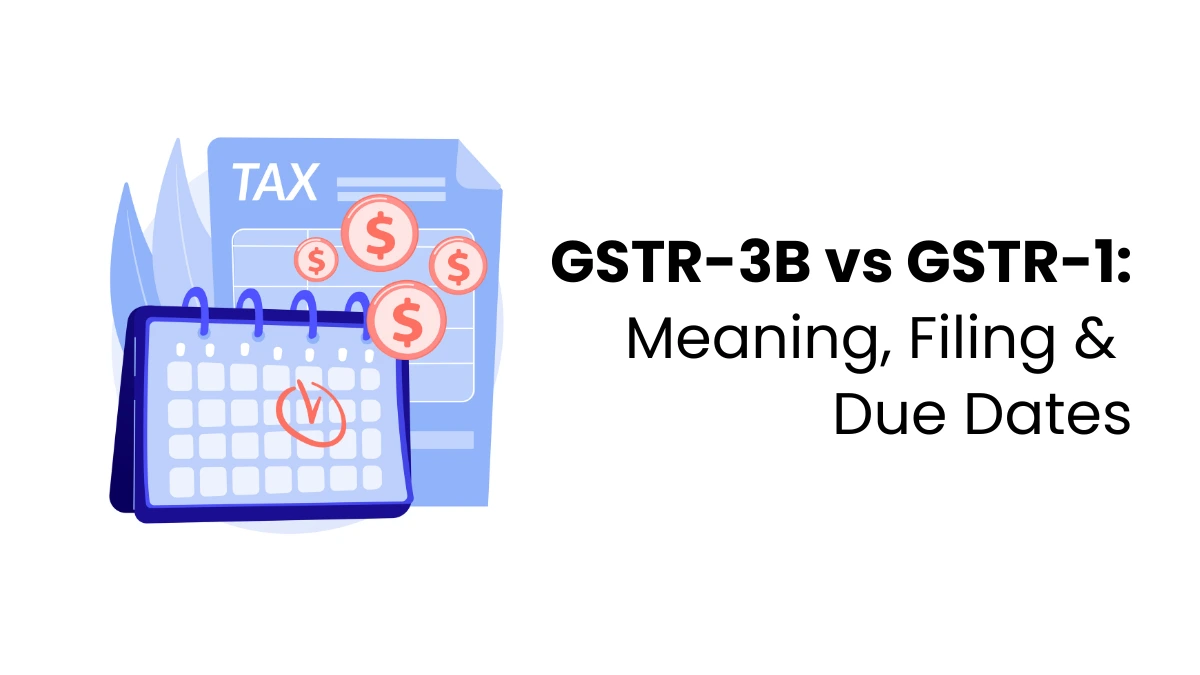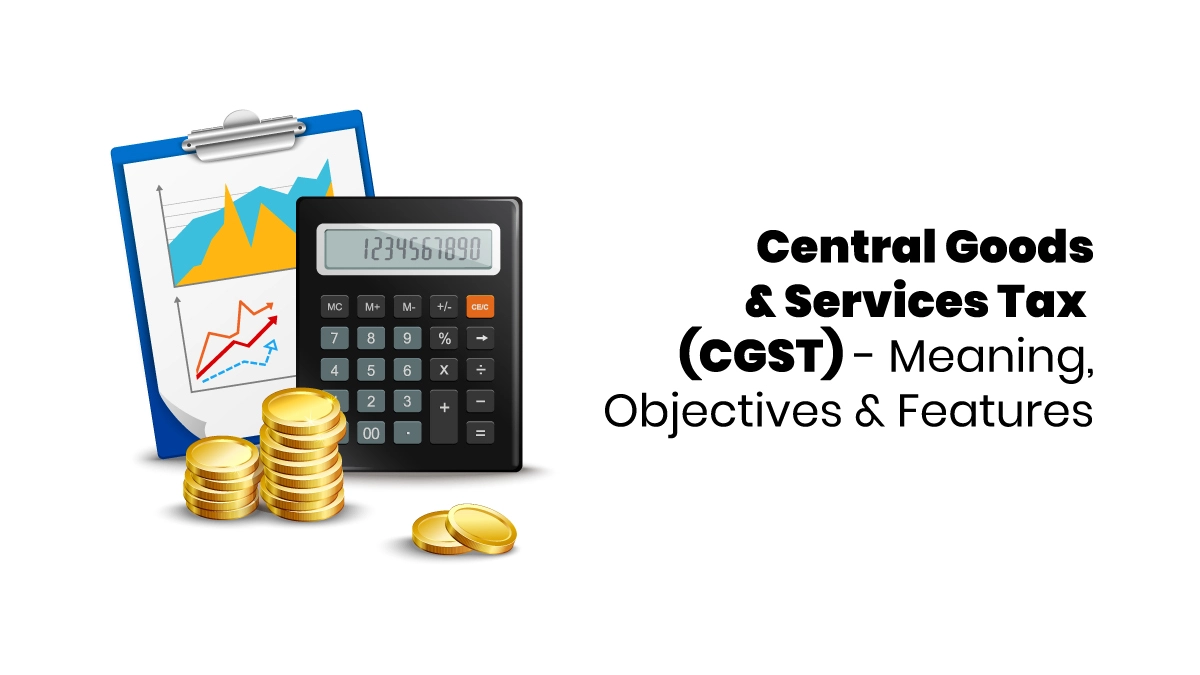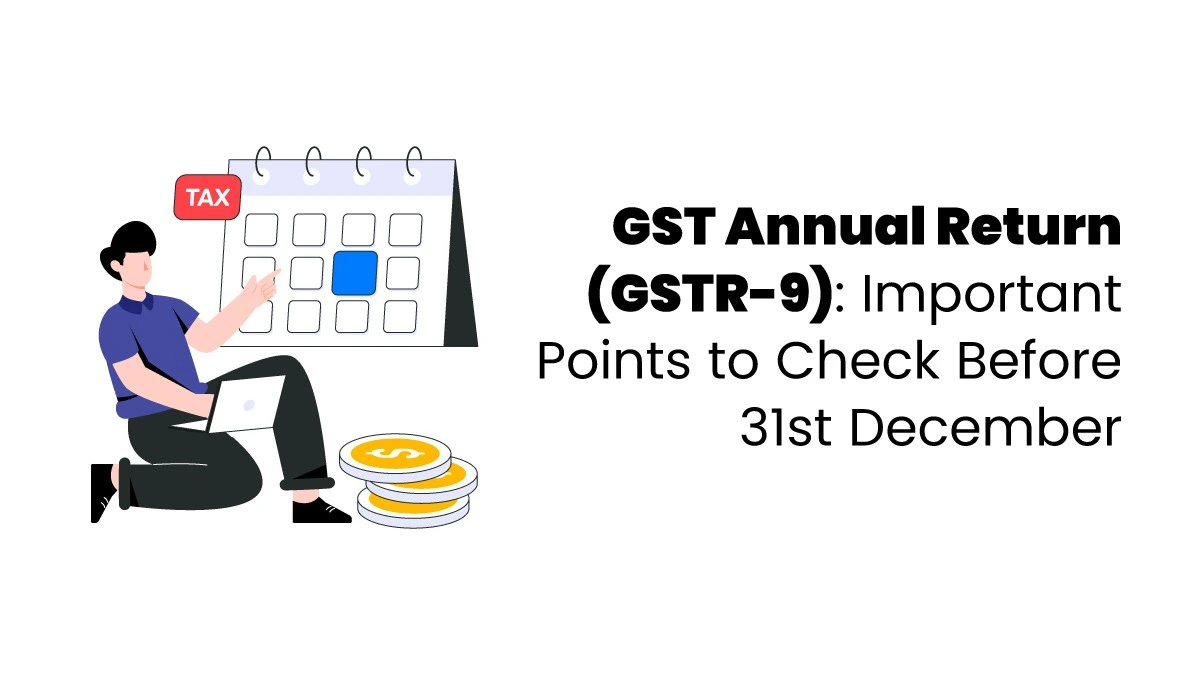Knowing how to upload customer list to Google helps you show ads to people who already know your business. It’s a smart way to improve your ad results and reach the right audience. When you learn to upload customer list to Google, your ads become more personal and effective. You can safely add the customer list to Google and use it to create custom ad groups. This helps you stay ahead in today’s digital world. It’s also a useful step for anyone running online ads. In this guide, we’ll explain the simple ways you can upload your current customer list to Google.
Understanding Google Customer Match
Google Customer Match is a terrific way for businesses to show ads to people who are already their customers. It works by matching customer information with what Google knows about its users. This is great if you want to attract repeat business or sell more products to existing customers. You can also create ad campaigns specifically for your best customers. It works with Search, YouTube, Gmail, and the Display Network, and also supports Performance Max campaigns, making targeting easier. Additionally, as data privacy regulations become stricter, using your customer data in this manner is a compliant and innovative approach.
Customer targeting overview
- Helps target existing customers
- Works across Google platforms
- Uses first-party customer data
- Enhances personalisation in campaigns
- Compatible with Performance Max
- Complies with modern privacy policies
Required Customer Data Fields
To get the most out of Google Customer Match, you’ll need to provide customer information, such as email addresses, phone numbers, names, country, and ZIP codes. The more information you give, the better your chances of a match. Just be sure to collect this data ethically and with permission. Accuracy is key. The more complete your list, the more ads will reach the right people. Always hash that data to keep things secure.
Essential data requirements
- Email addresses (primary field)
- Phone numbers (optional but useful)
- Names (first and last)
- Country and ZIP code
- Mobile Device IDs (for app targeting)
- Hashed data format required
Proper File Formatting Guidelines
To upload customer lists to Google Ads, ensure they’re in the correct format. CSV is usually best. Your headers should include fields such as Email, Phone, and First Name, and they should match what Google requires. Clean your data by removing duplicates, typos, and missing information. Save as UTF-8 to avoid issues. Google even has a template you can use. Getting the format right helps your uploads go smoothly and improves your match rates.
CSV file standards
- Use CSV (.csv) format only
- Include correct column headers
- Clean and standardised data
- UTF-8 encoding required
- No extra formatting or characters
- Follow Google’s sample template
Uploading Lists via Audience Manager
If you want to upload and handle your customer lists in Google Ads, you’ll need to head over to Audience Manager. Go to Tools & Settings, then Shared Library, and locate Audience Manager. Select the Customer List based on the type of audience you’re targeting. After that, upload your CSV file, ensuring that you specify the source of the data. Agree to the terms, hit upload, and Google will take it from there. They’ll show you how well your list aligns with theirs. The new tools for checking match rates should provide you with a much clearer view of how things are progressing.
Uploading process steps
- Go to Audience Manager
- Choose “Customer List” type
- Upload a formatted CSV file
- Specify the data collection method
- Accept terms and submit
- Monitor match rate updates
Data Security and Privacy
Keeping your customers’ data safe is very important. Google says you should protect (or “hash”) the customer information before uploading it, but don’t worry — if you forget, Google will do it for you. Make sure the people on your list have said “yes” to getting messages or ads from you. You’re not allowed to move or share your list between different Google accounts. Also, if someone asks to be removed, you must take them off the list. In some places, like Europe, there are strict laws (like GDPR) to protect people’s data. If you follow these rules, people will trust you more and you’ll stay out of legal trouble.
Protection and consent
- Hash all personal data
- Obtain clear user consent
- Do not share lists externally
- Honour opt-out requests
- Follow GDPR and CCPA rules
- Use secure upload methods
When you understand how to upload customer list to Google, you also gain confidence in handling sensitive data securely, ensuring compliance with privacy laws.
Strategies to Improve Matching
Want to get better results from your customer list? Start by making sure your data is clean and ready. Check for old or missing details and fix them. The more correct information you have—like email, phone number, and full name—the easier it is for Google to find the right people. Remove anything wrong or repeated. You can also put customers into smaller groups to send them better ads. Don’t forget to check and update your list often, so it stays fresh and useful.
Enhancing Match Accuracy
- Use multiple identifiers
- Update contact details
- Format data correctly
- Remove duplicates
- Segment by behaviour
- Monitor match results

Applicable Advertising Platforms
You can use customer lists on different Google ad platforms. Google Ads is the primary platform for targeting lists. You can also use them on YouTube for video ads. With Gmail, you can send targeted messages right to people’s inboxes. The Google Display Network helps you put banner ads on websites using these lists. Even shopping ads get in on the action, helping you reach people ready to buy. All these platforms work as one to get your business seen by the right people.
Supported Ad Channels
- Google Search Ads
- YouTube campaigns
- Gmail promotions
- Display Network
- Shopping ads
- Future expansions
Effective Customer List Segmentation
Breaking your customer list into smaller groups helps you send the right message to the right people. Instead of sending the same ad to everyone, you can group people by what they have bought, where they live, the device they use, or how they interact with your website. This makes your ads more useful, and people are more likely to notice them. Smaller groups are easier to manage and typically work more effectively. Additionally, when your list is well-organised, it’s easier to see how your ads are performing and reach the right audience.
List Organisation Methods
- Group by location
- Segment by activity
- Sort by purchase type
- Divide by device usage
- Categorize by age group
- Split by customer type
Automated Customer List Updates
Manually updating customer lists is time-consuming; that’s why automation is a good idea. Many CRM platforms allow you to sync with Google Ads automatically. So, whenever you enter new information, your lists are updated immediately. Instead of uploading files frequently, configure the sync once, and you’re ready to go. This ensures that your adverts always reach the intended audience. Automation also lowers errors and saves your team time. Ensure that your CRM interfaces with Google Ads to enhance its efficacy.
CRM Synchronisation Techniques
- Use CRM integrations
- Enable real-time updates
- Avoid manual uploads
- Sync frequently used lists
- Check for API support
- Monitor sync performance
Compliance with Privacy Regulations
When uploading customer details, ensure you follow all applicable privacy rules. Always get your customer’s permission first. Google wants you to follow its ad rules and local laws, such as GDPR or CCPA. Don’t upload private or sensitive information that you collected without asking. It’s a good idea to review your data practices regularly to ensure you’re doing things correctly. When businesses respect people’s privacy, they earn more trust and avoid trouble. Always be clear and get permission before using customer data.
Data Law Adherence
- Obtain user consent
- Avoid sensitive data
- Follow regional laws
- Respect Google policies
- Review practices regularly
- Ensure data transparency
Final Thoughts
Learning how to upload customer list to Google correctly is essential for effective audience targeting and better campaign results. Whether you are starting or advancing your skills, taking a PPC course can help you master managing customer data and ad strategies. Many professionals opt for a digital marketing course in Calicut at a trusted digital marketing training institute to gain practical experience with these tools. By knowing the right way to add customer list to Google and following best practices, you can improve your ad reach and deliver more personalized marketing to your audience.
FAQs
Q1. What do I need to upload a customer list to Google?
You need a Google Ads account and a list of your customers with details like email, phone number, or name.
Q2. Where do I upload the list?
Log in to Google Ads → Click on “Tools & Settings” → Go to “Audience Manager” → Choose “Customer List” → Upload your file.
Q3. What format should the file be in?
Save your customer list as a CSV file (like an Excel sheet), with one column for each type of data (email, phone, etc.).
Q4. Is it safe to share customer data with Google?
Yes. Google keeps the data private and secure. It only uses it to match with people who use Google.
Q5. 5. What happens after uploading?
Google checks your list, finds matching users, and lets you show ads only to those people. This is called Customer Match.










